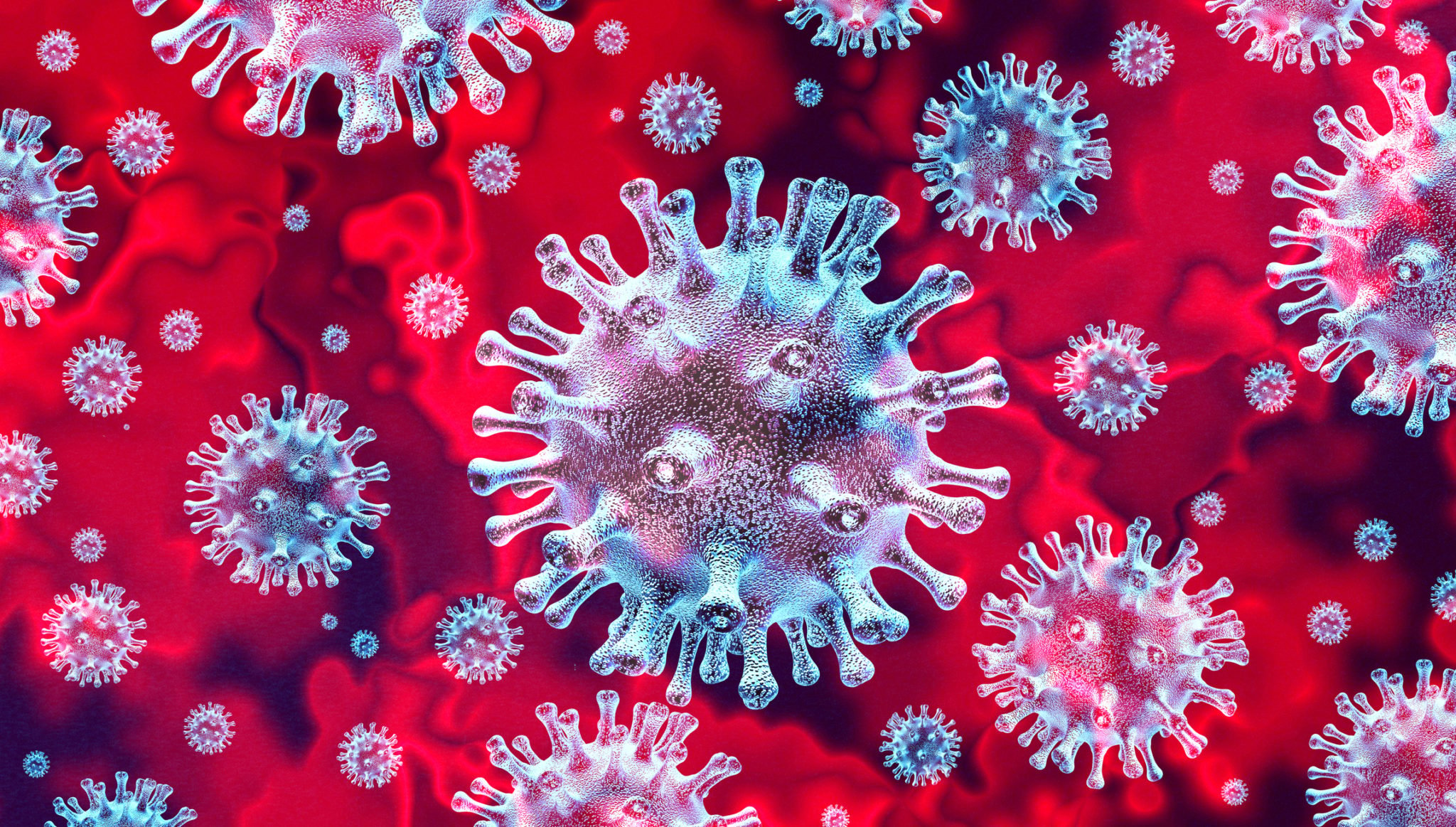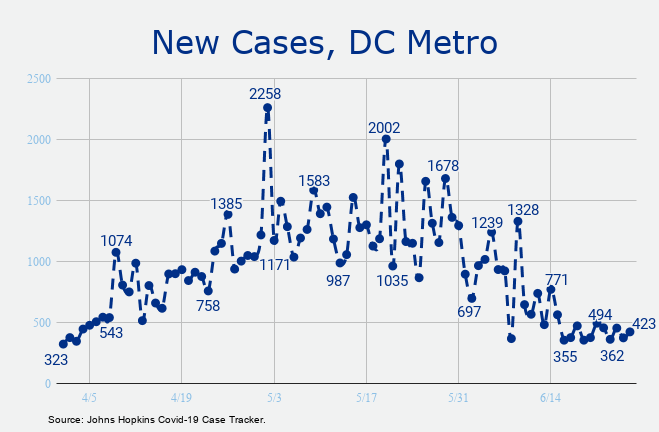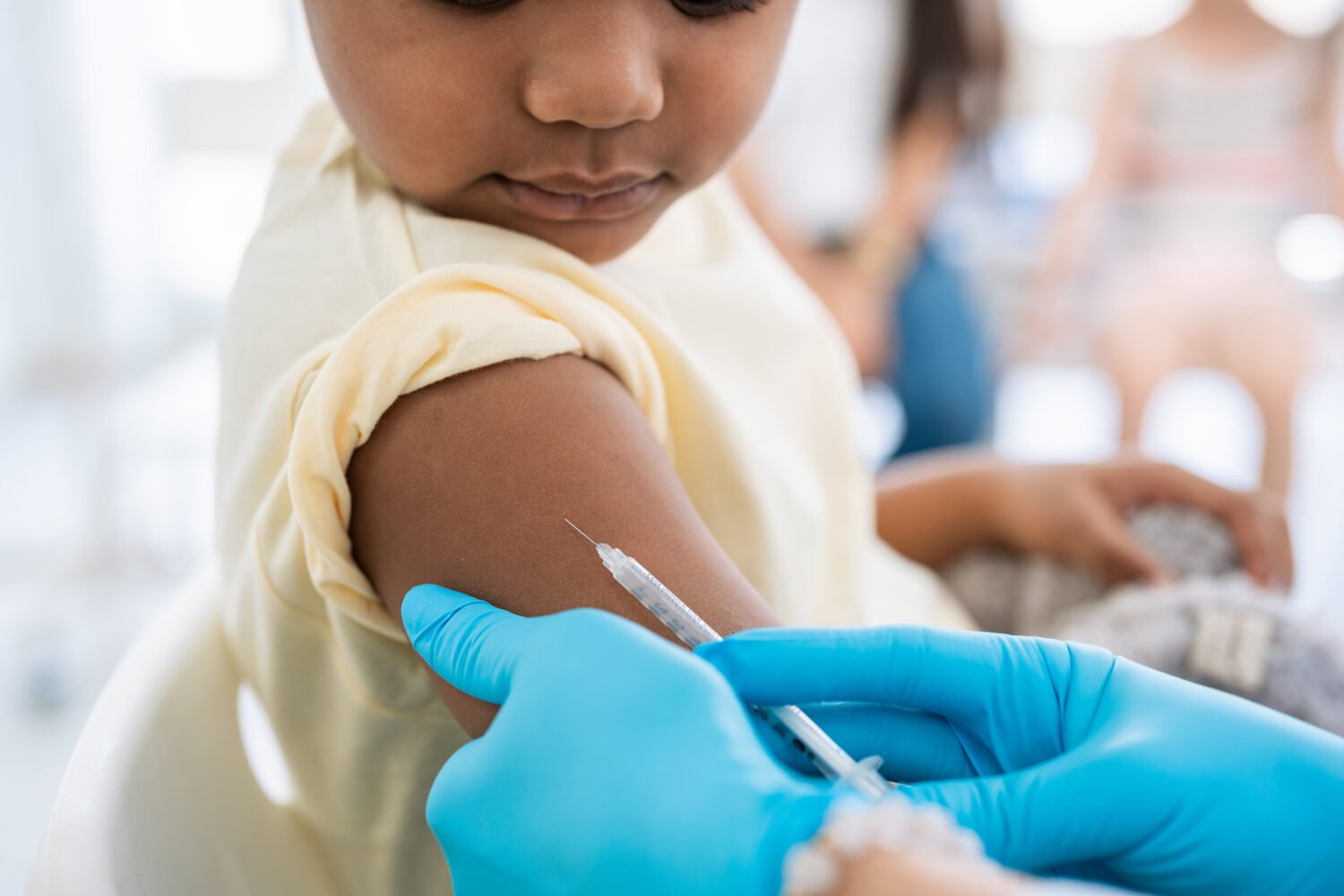About Coronavirus 2020
Washingtonian is keeping you up to date on the coronavirus around DC.
A persistent question loomed over the massive protests against police violence this month: Would the crowds become a super-spreader event for Covid-19, potentially delaying the mayor’s plans for a Phase 2 reopening?
Data that tracks viral spread points to an answer: No.
In the weeks of ongoing protests, new cases of Covid-19 in the Washington area continued to trend downward. For the past 11 days, new cases have stayed within a constrained range between 355 and 494 cases, for an average of 408 new cases per day. The last time the numbers were that low was in the first days of April.
The DC area stands in contrast with record upticks seen in several states, a surge that has driven the total numbers of new cases in United States to single-day records.
The figures help explain the apparent incongruence of Mayor Muriel Bowser’s initiation of the city’s Phase 2 reopening at almost the exact moment when the District passed a grim milestone of 10,000 total cases. The data shows that the District’s new cases have also stayed within an extraordinarily narrow window, averaging about 36 new cases per day.
Meanwhile, the total number of cases for the Washington area surpassed 80,000 this week, with 83,274 cases going into Friday. The data trends come from daily updates to the Johns Hopkins University Coronavirus Resource Center. (Washingtonian’s full data set can be found here.) To examine the effect of the coronavirus on the area, Washingtonian looked at only the data from the eight relevant jurisdictions that make up the metro area.
The apparent stabilization of DC’s coronavirus numbers comes at a time when other research institutions have seen similar trends across the country. “We find no evidence that net COVID-19 case growth differentially rose following the onset of Black Lives Matter protests,” wrote the authors of a recent working paper released this week by the National Bureau of Economic Research. The paper analyzed data from 315 cities that saw significant protest activity.
Scientists are still debating the reasons. DC’s case will add more weight to the hypothesis that the virus has a lower probability of transmission outdoors. Mask-wearing may also be implicated, as reports from the protest show significant number of gatherers wearing masks, even though many were also unmasked.
Click here to see the full data set procured by Washingtonian, including county by county.






















